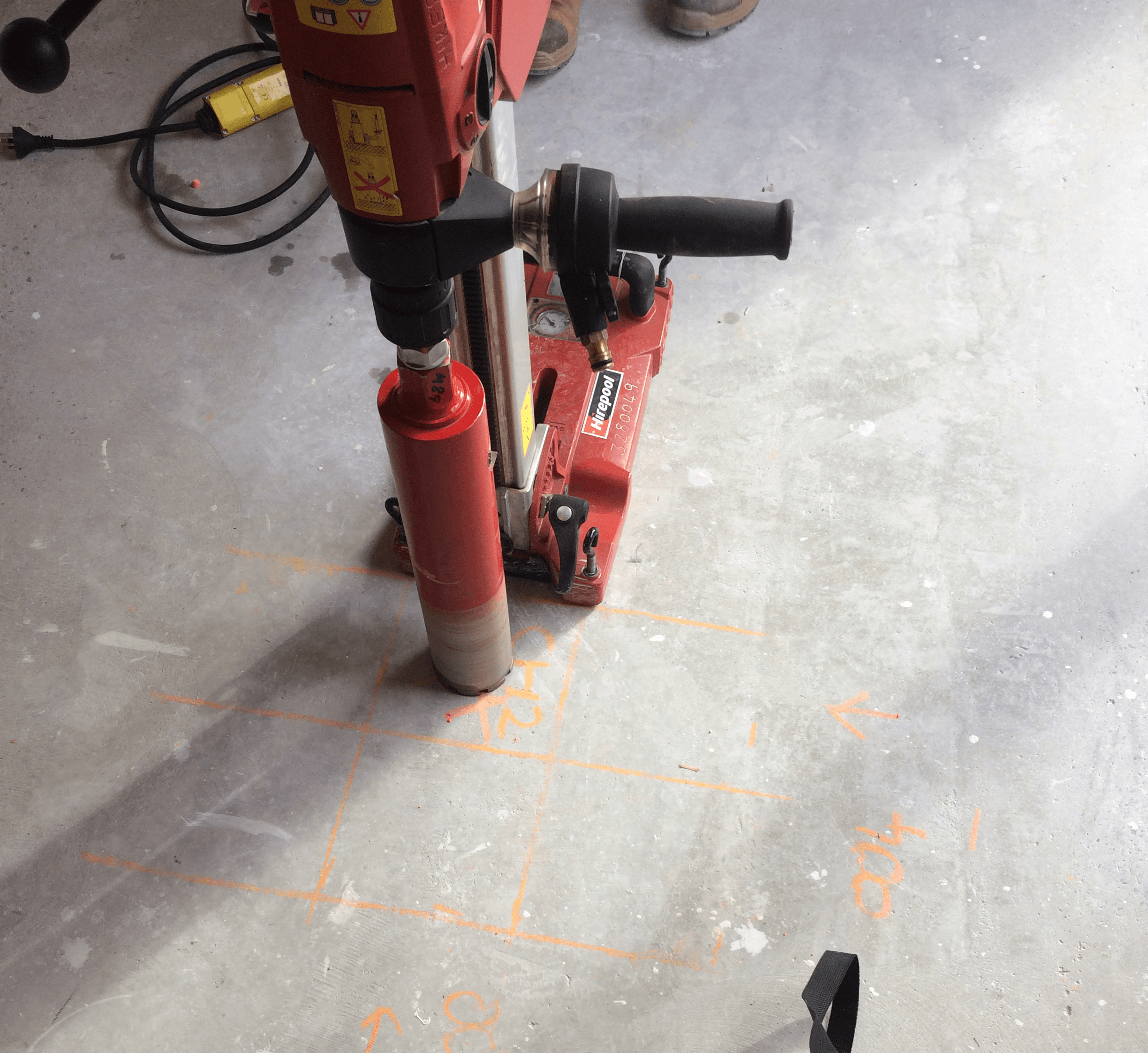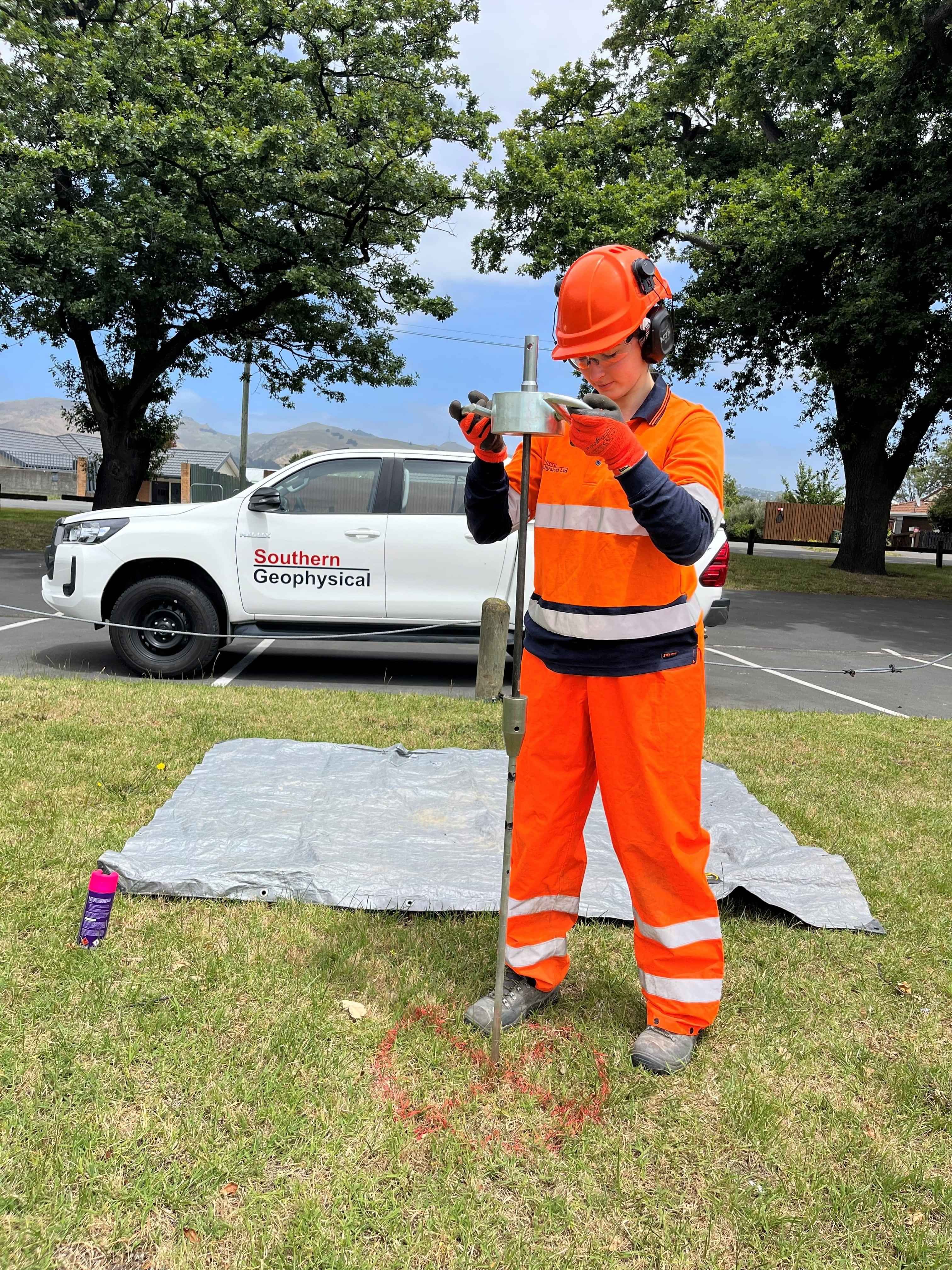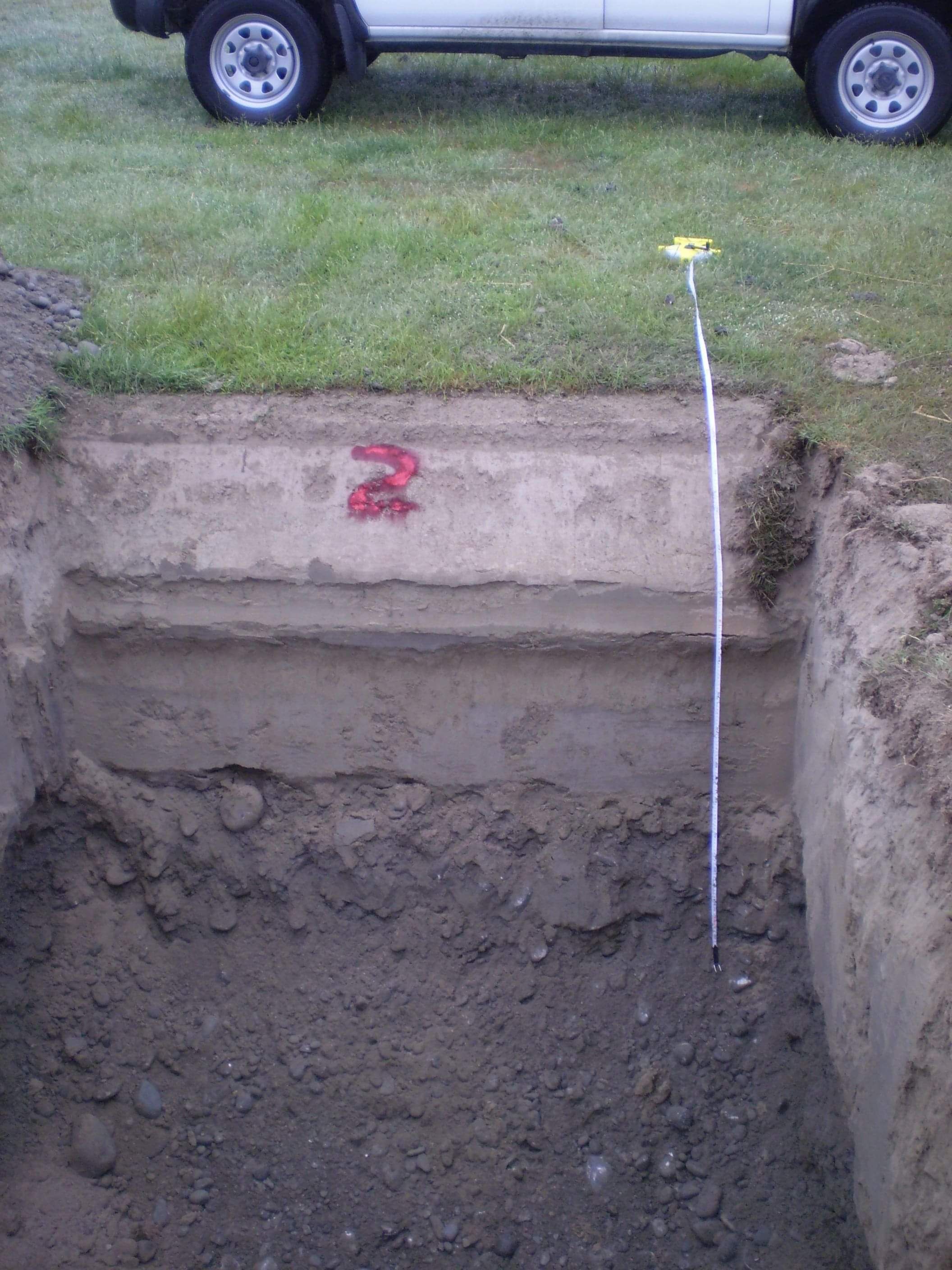Invasive Testing
Southern Geophysical's invasive testing provides accurate subsurface descriptions through core drilling, penetrometer tests, and more
Southern Geophysical provide invasive ground testing services to provide accurate and detailed descriptions of shallow subsurface materials. Invasive ground testing is often undertaken in conjunction with our non-invasive geophysical testing methods, such as GPR and MASW, in order to “ground truth” results increasing the robustness of the geophysical results.
We offer several invasive testing methods including: core drilling, Scala Tests (Dynamic Cone Penetrometer DCP), hand auger soil sampling and test pitting. For remote sites it is often more economical to have Southern Geophysical staff undertake invasive testing rather than sending two teams.
Southern Geophysical also offer GPR scanning which is commonly undertaken before digging/drilling to clear invasive testing locations of utilities and subsurface structures.

Core Drilling and Camera Investigation
Core drilling through concrete and in-situ rock is a useful testing method undertaken by Southern Geophysical to provide correlative results for non-invasive methods. Holes can be cored or drilled through concrete or in-situ rock to recover a core or simply to inspect behind a surface.

Scala Penetrometer Testing (DCP)
The DCP test is a fast and effective method to assess the strength of near surface soils (to depths up to 3 m). It is often used in conjunction with a hand auger testing and can determine the stiffness of subsurface layer.

Hand Auger Soil Sampling
Hand auger drilling is a simple method to measure subsurface soil properties (to depths up to 3 m). This method allows us to accurately calculate depths to soil horizons and determine the depth of the ground water table.

Test Pits
Test pits are undertaken if a soil profile is required. Test pits involve the removal of the subsurface material, either by hand or a digger excavator, in order to visually inspect and measure the underlying material.


